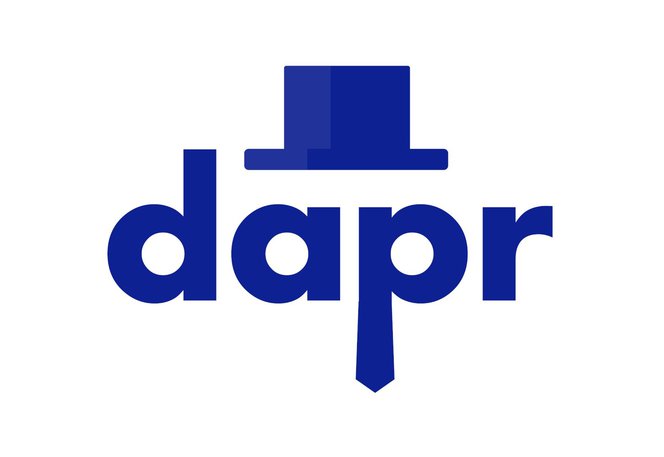In recent years, microservices have become a popular approach to building complex, scalable applications. However, as the number of microservices in an application grows, managing their communication, state, and orchestration can become challenging.
That's where DAPR comes in - a portable, open-source runtime that makes it easier to build and operate distributed applications, including microservices. DAPR provides a set of building blocks that abstract away the complexity of distributed systems, enabling developers to focus on writing business logic.
In this article, we'll explore what DAPR is, how it works, and how it can be used to simplify the development of microservices-based applications.
Author: Florin Olariu
Simplifies Distributed Application Development
One of the key benefits of using DAPR is that it simplifies the development of distributed applications. Distributed systems can be complex, and developers often spend a lot of time dealing with infrastructure concerns such as service discovery, state management, and messaging. DAPR provides a set of building blocks that abstract away these infrastructure concerns, allowing developers to focus on business logic. This makes it easier for developers to create scalable and reliable distributed applications.
Language and Platform Agnostic
DAPR is designed to be language and platform agnostic, meaning it can be used with any programming language and deployed on any platform. This is particularly useful in environments where multiple programming languages and platforms are used. Developers can use DAPR to create microservices that communicate with each other regardless of the programming language or platform used.
Allows for Flexible Deployment
DAPR allows for flexible deployment options. It can be deployed as a sidecar container, as a process in a container, or as a standalone service. This makes it easy to integrate DAPR into existing environments without requiring major changes to the infrastructure.



